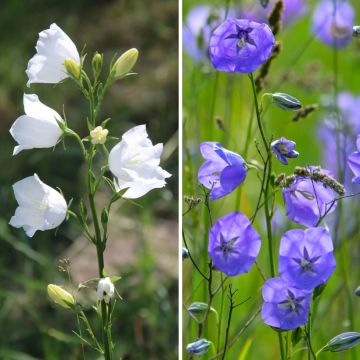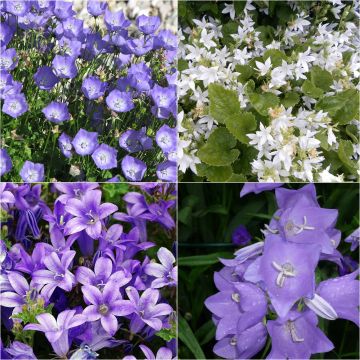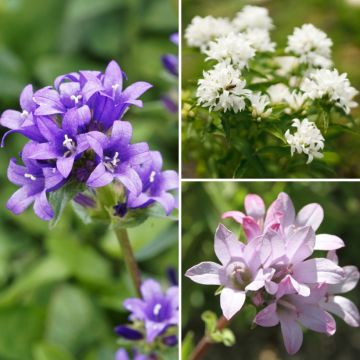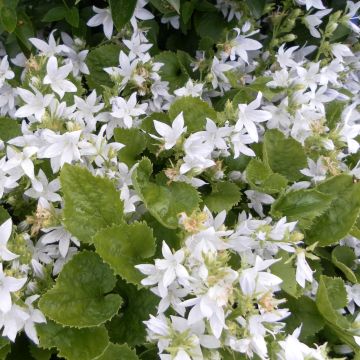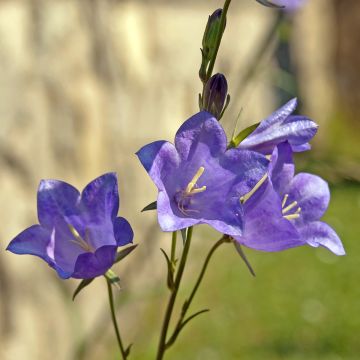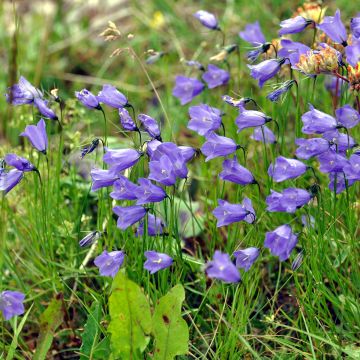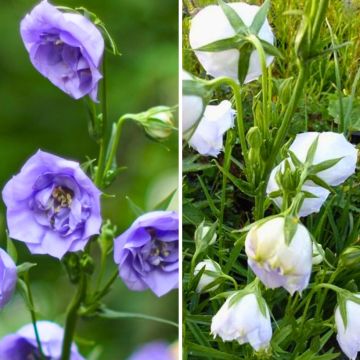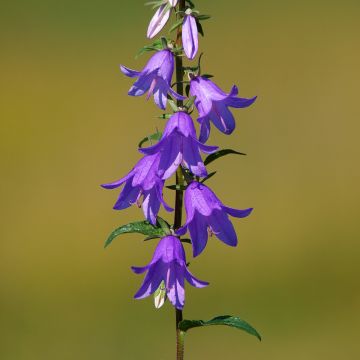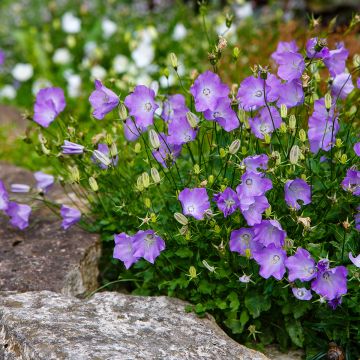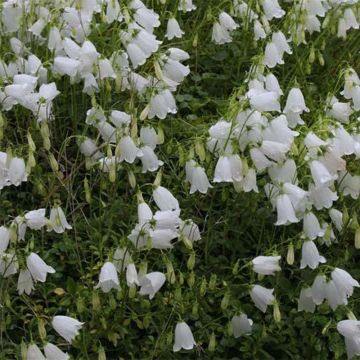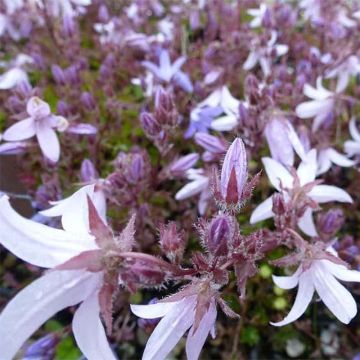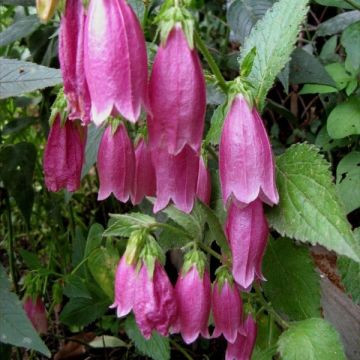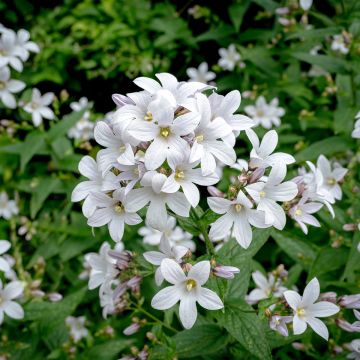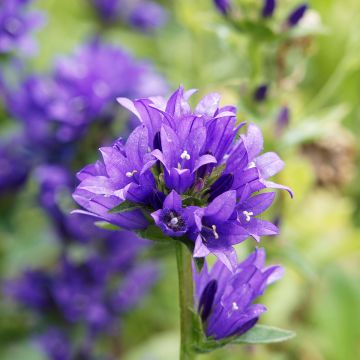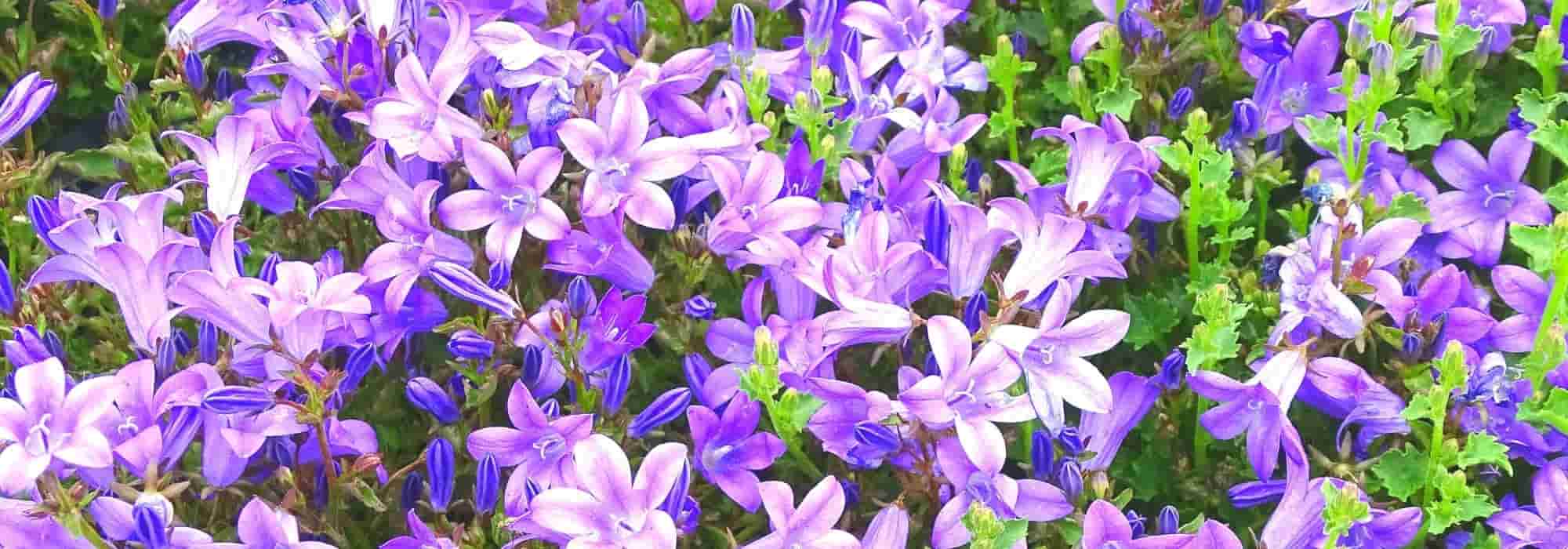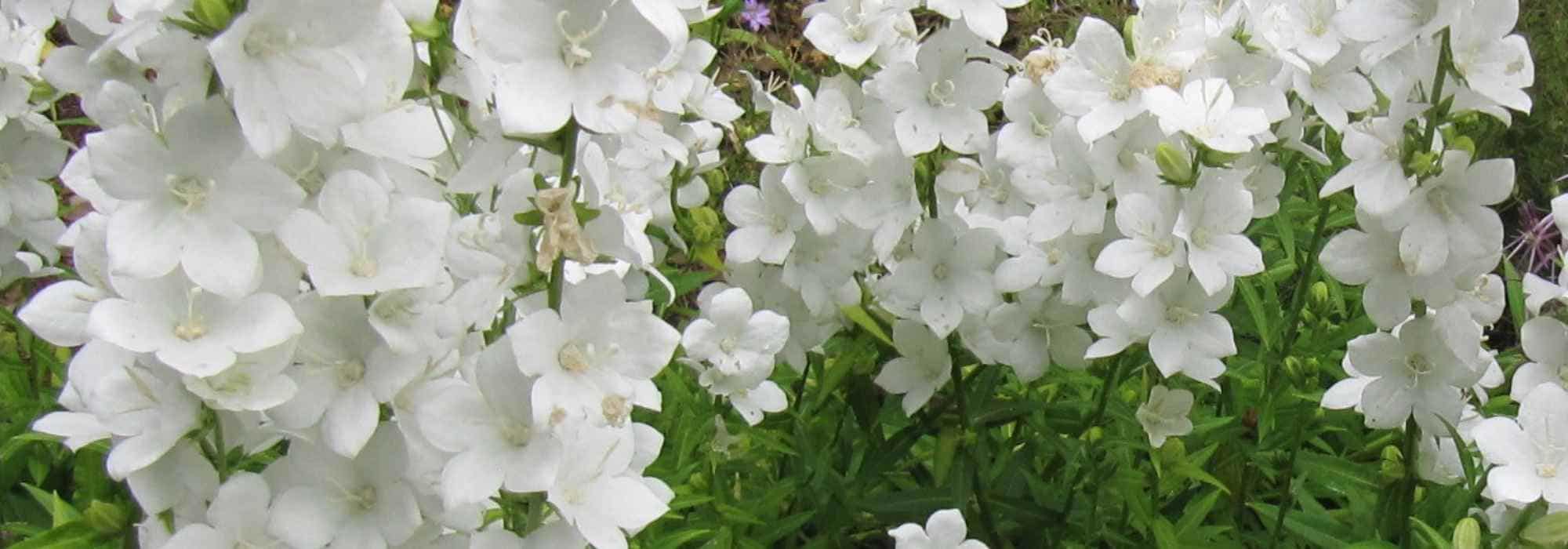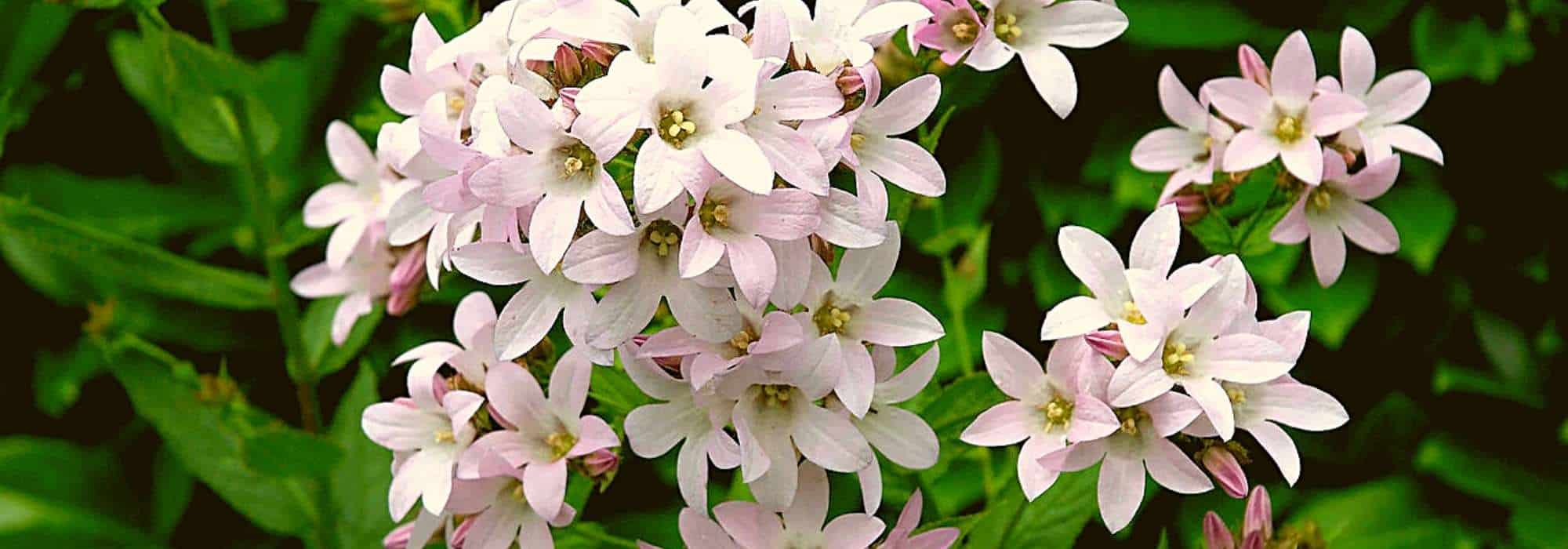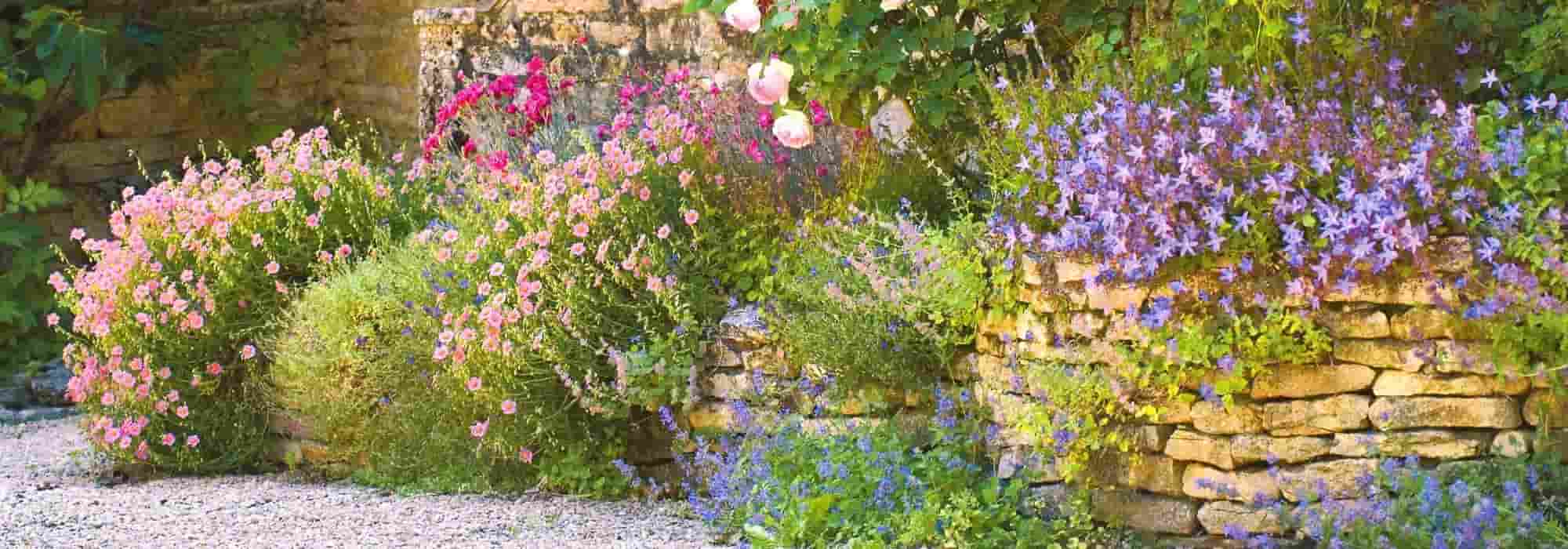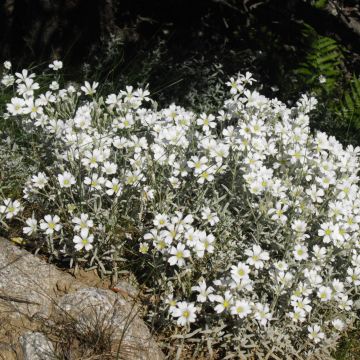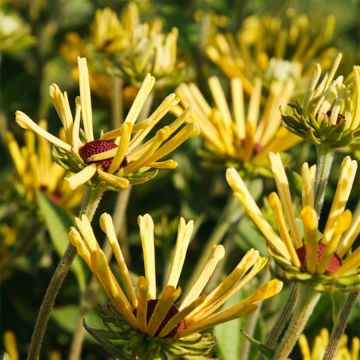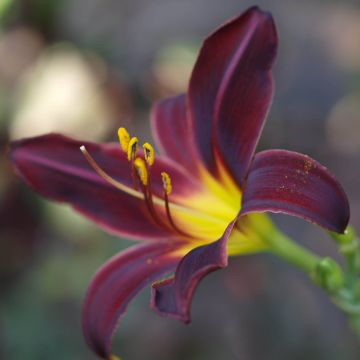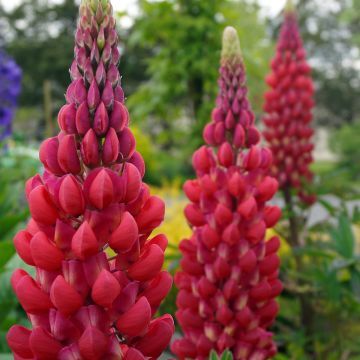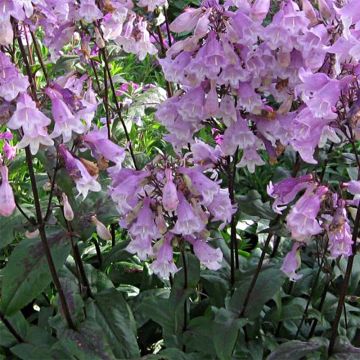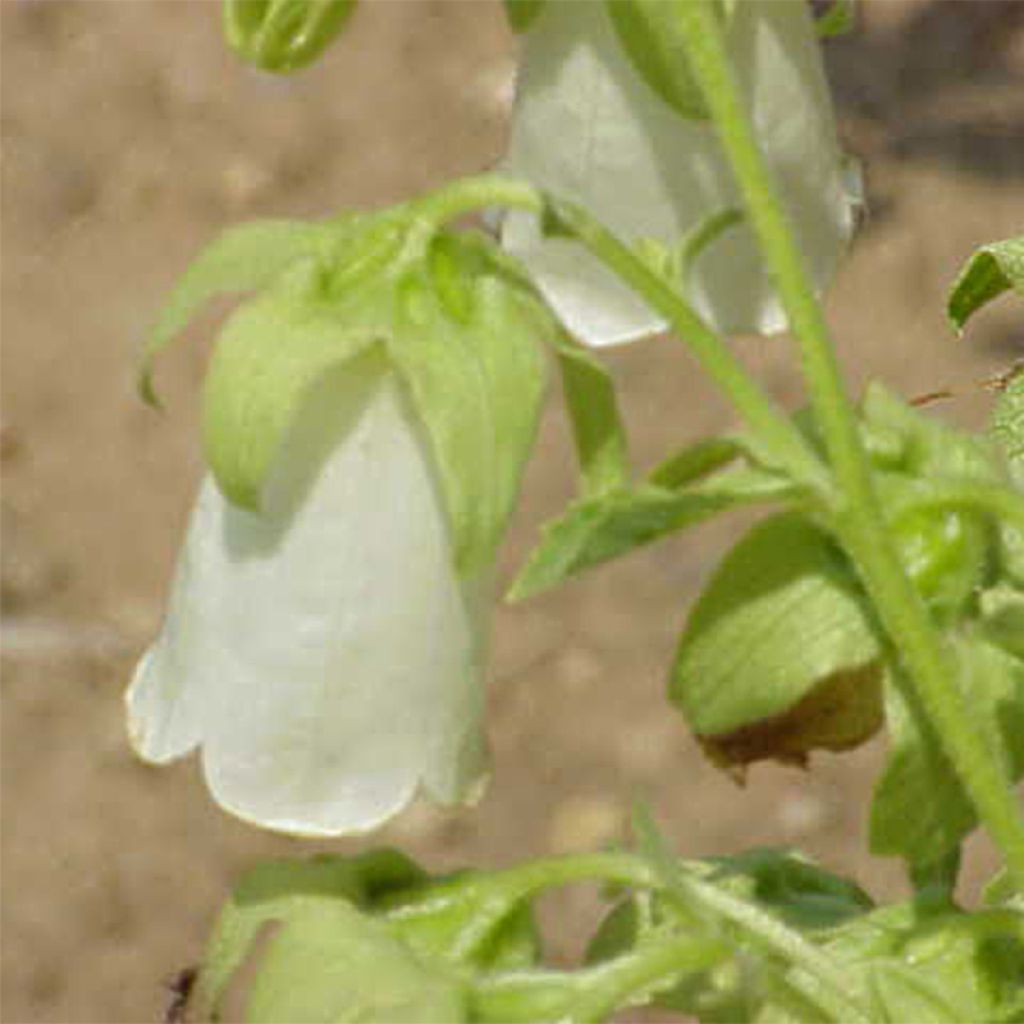

Symphyandra pendula
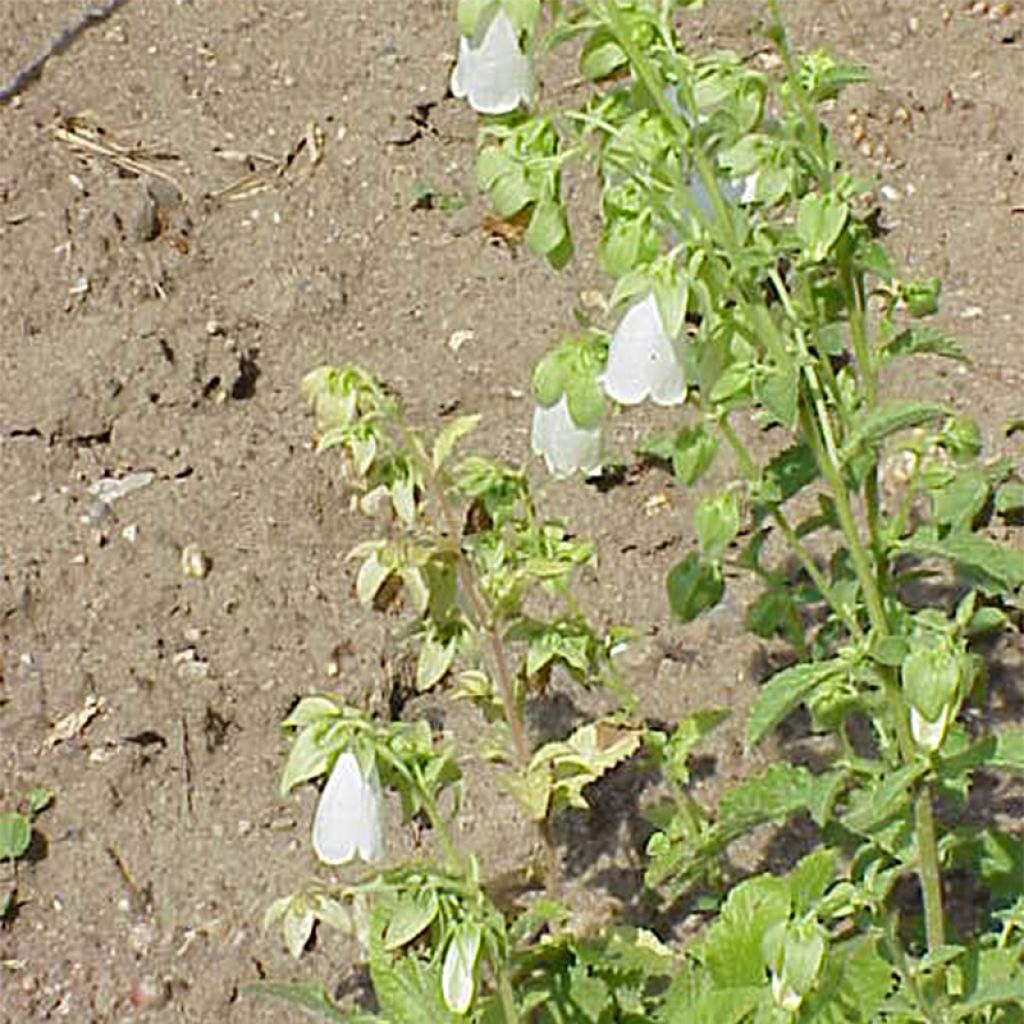

Symphyandra pendula
Symphyandra pendula
Symphyandra pendula
Pendulous Bellflower
Significant flowering. It has a suitable habit.
Michelle M., 10/10/2017
Special offer!
Receive a €20 voucher for any order over €90 (excluding delivery costs, credit notes, and plastic-free options)!
1- Add your favorite plants to your cart.
2- Once you have reached €90, confirm your order (you can even choose the delivery date!).
3- As soon as your order is shipped, you will receive an email containing your voucher code, valid for 3 months (90 days).
Your voucher is unique and can only be used once, for any order with a minimum value of €20, excluding delivery costs.
Can be combined with other current offers, non-divisible and non-refundable.
Why not try an alternative variety in stock?
View all →This plant carries a 12 months recovery warranty
More information
We guarantee the quality of our plants for a full growing cycle, and will replace at our expense any plant that fails to recover under normal climatic and planting conditions.
Would this plant suit my garden?
Set up your Plantfit profile →
Description
Symphyandra pendula is a curious plant very like bellflowers which is little known to gardeners, even though it is hardy, floriferous and easy to grow in ordinary soil. It is a short-lived perennial which sometimes dies from flowering too much, which is why it is often grown as a biennial. Its leafy stems are initially prostrate, then straighten up and produce countless small pendulous flowers, in the form of white-cream bells, throughout the summer. Robust and undemanding, it self-seeds abundantly almost everywhere, in sun and shade, in the open ground and in pots.
Symphyandra pendula, or Campanula ossetica, belongs to the bellflower family. It is a botanical species native to the Caucasus and northern Russia. This herbaceous perennial forms a clump of leafy stems 40 to 60 cm (16 to 24in) tall, with a minimum spread of 40 cm (16in). Its green, solid stems run along the ground for about 10 cm (4in), then straighten up towards the sky. They bear triangular, 13 to 15 cm (5 to 6in) long, wide, elongated heart-shaped, light green, velvety leaves with toothed edges. The flowering period extends from July to October, resulting in numerous seeds that exhaust the plant. The pendulous flowers resemble white-cream bellflowers, 2 to 3 cm (1in) long, sheathed in a green calyx, and arranged in dense, pendulous clusters at the tips of the stems and continuously renew themselves.
Symphyandra pendula may not be as colourful as some varieties of large-flowered bellflowers, but it is a very easy-going and floriferous plant. It will find a place in a natural garden, self-seeding randomly in perennial beds, in the shade of trees and in sunny borders. It can be associated with Caucasian forget-me-nots, Amur river pinks, or perennial geraniums 'Blue Cloud' or 'Nimbus'. Heucheras (Heuchera 'XXL', Heuchera 'Coral Cloud'), and saxifrages (Saxifraga umbrosa) will also be good companions in moist soil. It is a good plant for a moist, semi-shaded rockery. It can be admired up close in a large pot or overflowing hanging basket.
Symphyandra pendula in pictures
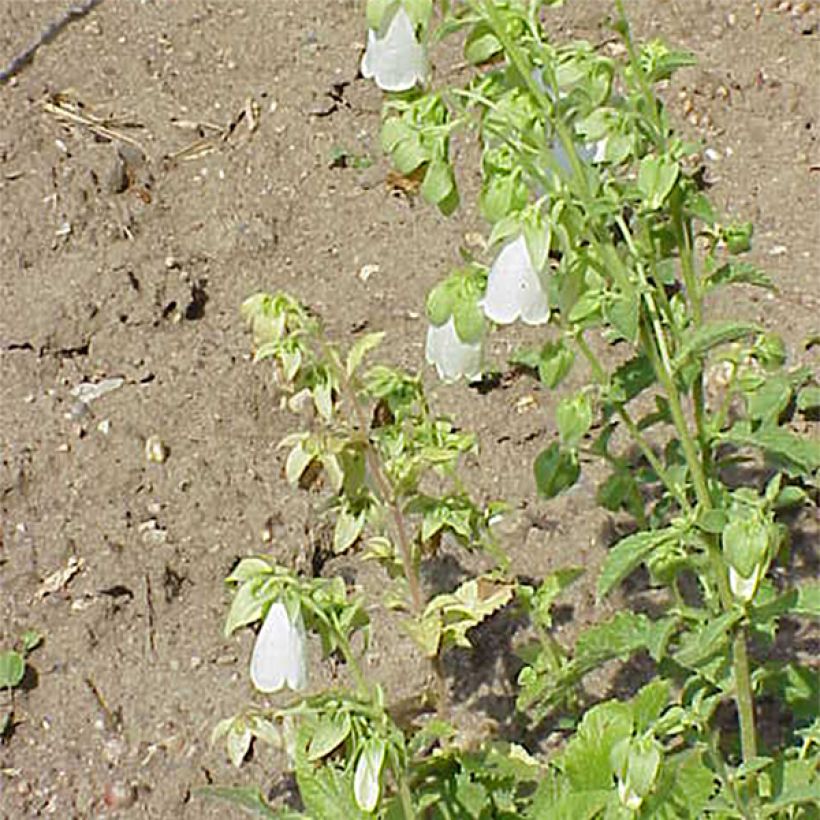

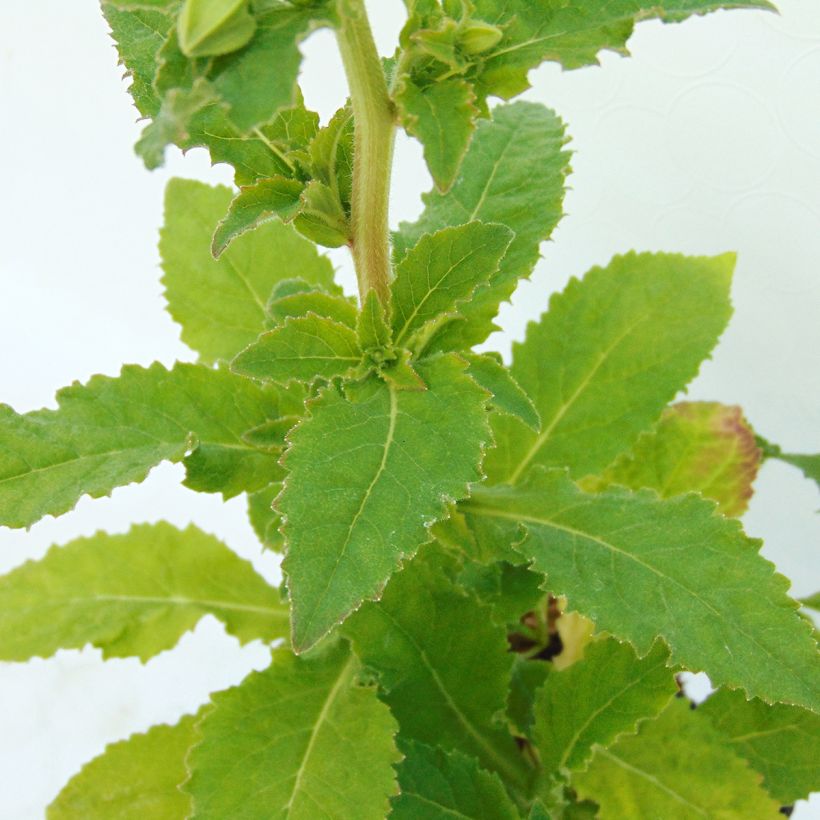

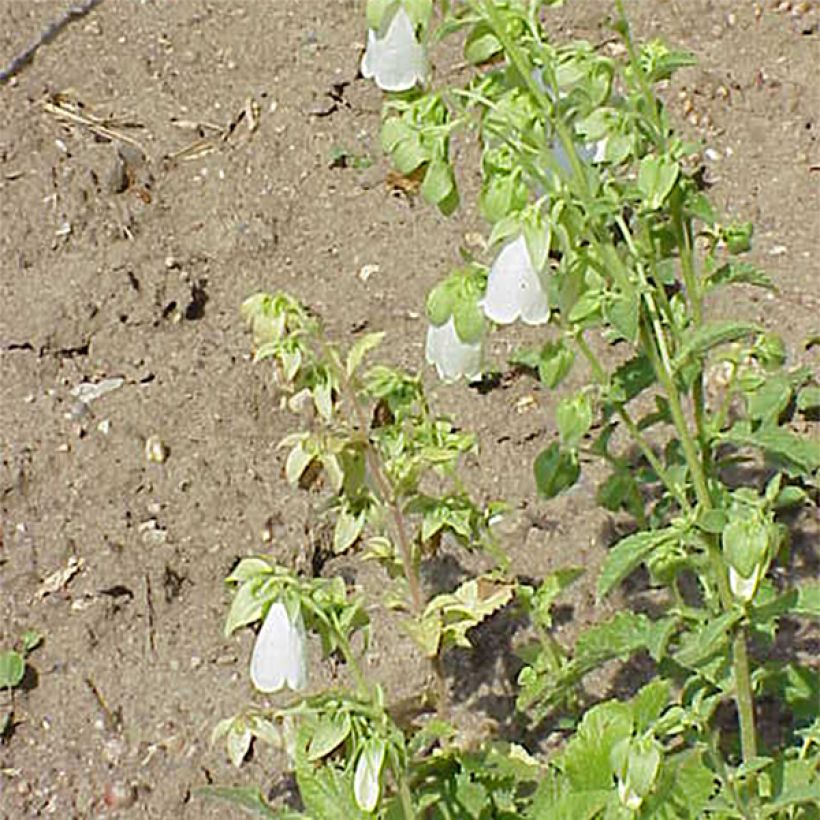

Flowering
Foliage
Plant habit
Botanical data
Symphyandra
pendula
Campanulaceae
Pendulous Bellflower
Central Europe
Other Campanula - Bell Flower
View all →Planting and care
Symphyandra pendula should be planted in ordinary, well-prepared soil, in full sun, partial shade, or even in shade in a warm climate. Protect the tender foliage from slug attacks and regularly remove faded flowers to avoid exhausting the plant. The intense sunlight and heat of a dry summer can reduce or inhibit flowering. If your garden is exposed to full sun, spread a generous layer of well-rotted compost as mulch, about 5 to 7 cm (2 to 3in) thick, at the base in spring and water during prolonged drought. In windy areas, staking may be necessary. Use bamboo canes or shrubs, placed in spring before flowering begins for a natural look. Allow some flowers to form seeds, and sow as a precaution in September-October or March.
Planting period
Intended location
Care
Planting & care advice
-
, onOrder confirmed
Reply from on Promesse de fleurs
Similar products
Haven't found what you were looking for?
Hardiness is the lowest winter temperature a plant can endure without suffering serious damage or even dying. However, hardiness is affected by location (a sheltered area, such as a patio), protection (winter cover) and soil type (hardiness is improved by well-drained soil).

Photo Sharing Terms & Conditions
In order to encourage gardeners to interact and share their experiences, Promesse de fleurs offers various media enabling content to be uploaded onto its Site - in particular via the ‘Photo sharing’ module.
The User agrees to refrain from:
- Posting any content that is illegal, prejudicial, insulting, racist, inciteful to hatred, revisionist, contrary to public decency, that infringes on privacy or on the privacy rights of third parties, in particular the publicity rights of persons and goods, intellectual property rights, or the right to privacy.
- Submitting content on behalf of a third party;
- Impersonate the identity of a third party and/or publish any personal information about a third party;
In general, the User undertakes to refrain from any unethical behaviour.
All Content (in particular text, comments, files, images, photos, videos, creative works, etc.), which may be subject to property or intellectual property rights, image or other private rights, shall remain the property of the User, subject to the limited rights granted by the terms of the licence granted by Promesse de fleurs as stated below. Users are at liberty to publish or not to publish such Content on the Site, notably via the ‘Photo Sharing’ facility, and accept that this Content shall be made public and freely accessible, notably on the Internet.
Users further acknowledge, undertake to have ,and guarantee that they hold all necessary rights and permissions to publish such material on the Site, in particular with regard to the legislation in force pertaining to any privacy, property, intellectual property, image, or contractual rights, or rights of any other nature. By publishing such Content on the Site, Users acknowledge accepting full liability as publishers of the Content within the meaning of the law, and grant Promesse de fleurs, free of charge, an inclusive, worldwide licence for the said Content for the entire duration of its publication, including all reproduction, representation, up/downloading, displaying, performing, transmission, and storage rights.
Users also grant permission for their name to be linked to the Content and accept that this link may not always be made available.
By engaging in posting material, Users consent to their Content becoming automatically accessible on the Internet, in particular on other sites and/or blogs and/or web pages of the Promesse de fleurs site, including in particular social pages and the Promesse de fleurs catalogue.
Users may secure the removal of entrusted content free of charge by issuing a simple request via our contact form.
The flowering period indicated on our website applies to countries and regions located in USDA zone 8 (France, the United Kingdom, Ireland, the Netherlands, etc.)
It will vary according to where you live:
- In zones 9 to 10 (Italy, Spain, Greece, etc.), flowering will occur about 2 to 4 weeks earlier.
- In zones 6 to 7 (Germany, Poland, Slovenia, and lower mountainous regions), flowering will be delayed by 2 to 3 weeks.
- In zone 5 (Central Europe, Scandinavia), blooming will be delayed by 3 to 5 weeks.
In temperate climates, pruning of spring-flowering shrubs (forsythia, spireas, etc.) should be done just after flowering.
Pruning of summer-flowering shrubs (Indian Lilac, Perovskia, etc.) can be done in winter or spring.
In cold regions as well as with frost-sensitive plants, avoid pruning too early when severe frosts may still occur.
The planting period indicated on our website applies to countries and regions located in USDA zone 8 (France, United Kingdom, Ireland, Netherlands).
It will vary according to where you live:
- In Mediterranean zones (Marseille, Madrid, Milan, etc.), autumn and winter are the best planting periods.
- In continental zones (Strasbourg, Munich, Vienna, etc.), delay planting by 2 to 3 weeks in spring and bring it forward by 2 to 4 weeks in autumn.
- In mountainous regions (the Alps, Pyrenees, Carpathians, etc.), it is best to plant in late spring (May-June) or late summer (August-September).
The harvesting period indicated on our website applies to countries and regions in USDA zone 8 (France, England, Ireland, the Netherlands).
In colder areas (Scandinavia, Poland, Austria...) fruit and vegetable harvests are likely to be delayed by 3-4 weeks.
In warmer areas (Italy, Spain, Greece, etc.), harvesting will probably take place earlier, depending on weather conditions.
The sowing periods indicated on our website apply to countries and regions within USDA Zone 8 (France, UK, Ireland, Netherlands).
In colder areas (Scandinavia, Poland, Austria...), delay any outdoor sowing by 3-4 weeks, or sow under glass.
In warmer climes (Italy, Spain, Greece, etc.), bring outdoor sowing forward by a few weeks.






























